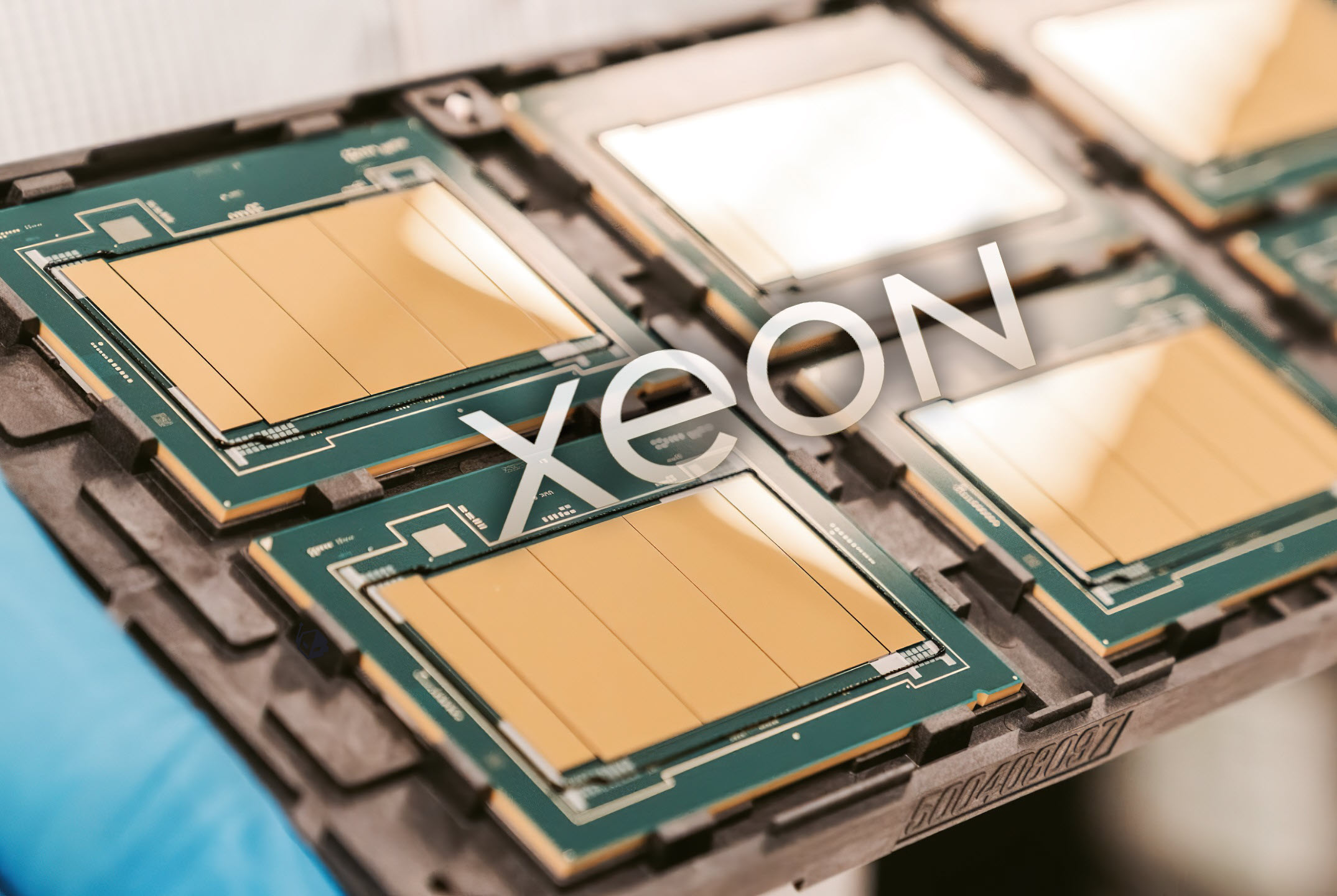Additionally, the Birch Stream (BS) SP socket supports 8 memory channels, while the AP supports 12. Intel sees the need for two different sockets for market segmentation reasons. BS supports both Granite Rapids (GR) and Sierra Forest (SF).
Good point overall.
But I'd like to point out that because -SP already establishes the Tile setup, and -AP is merely an expansion of that, it's different from Cascade Lake - AP where it was a knee-jerk reaction to being severely behind the competition and ended up being a wholly different product altogether.
The AP version of Cascadelake also had more memory channels as well. 6 channels each for a total of 12. The TDP nearly doubled going from 205W on -SP to -400W on -AP, so it was just two cores on an MCM. On top of that it was BGA, so no upgradability. 400W, $10,000 chip, with no prospect of upgrading. It was an attractive product with MANY customers for sure!
If you need the extra cores, then the -AP will work better than -SP as the communication between cores happen through a much faster and lower latency EMIB interconnect versus UPI between two sockets.
This also reminds me of the Extreme Edition client chips which were Xeon MPs in the client socketed form factor and didn't last.







